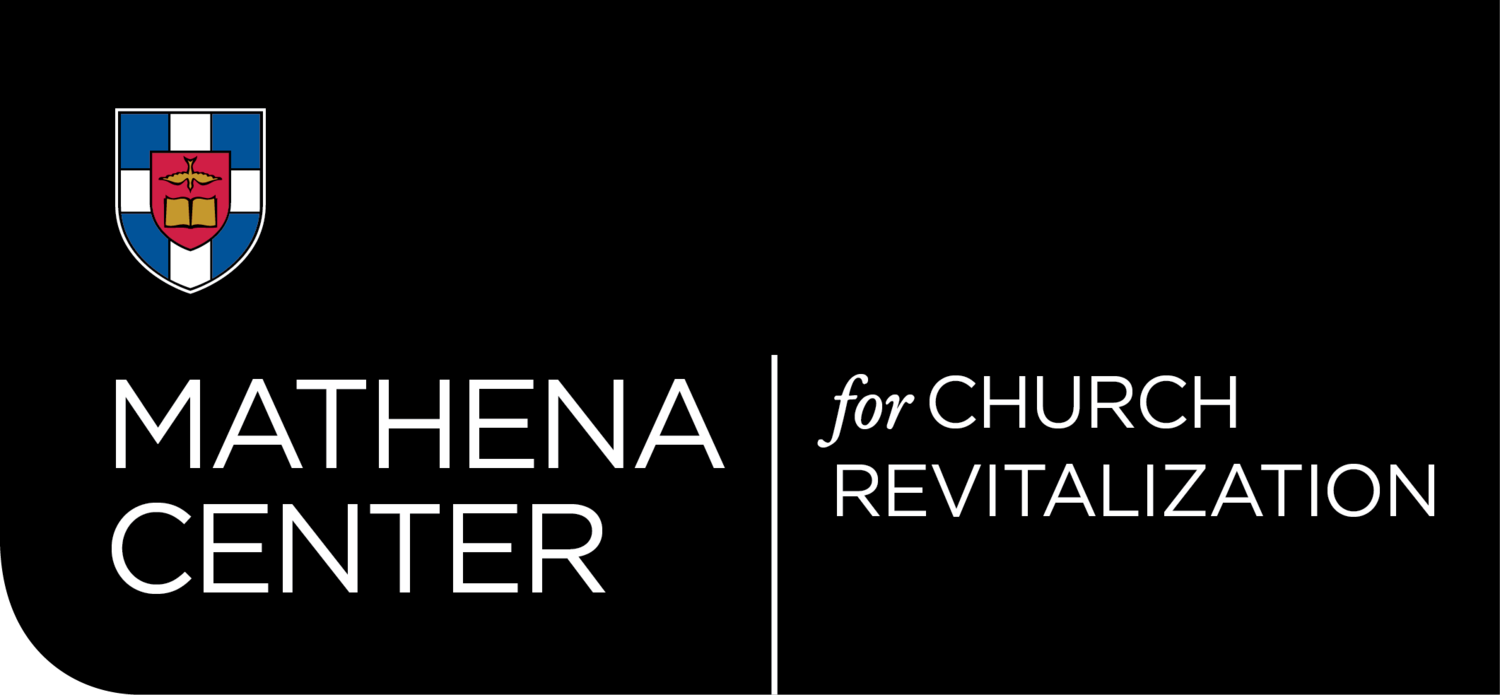by William D. Henard
A key issue in helping a church recognize its need for revitalization is helping the church discover its identity. Just like our identity in Christ is essential to walking in victory in Christ, so is a church’s identity. It involves both a painful and a positive evaluation.
The painful part of a church’s identity is found in asking three questions.
Who do we think that we are?
Who does the community think we are?
Who are we really?
In most cases, a church will declare that they are a loving and friendly church. What they mean is that they are loving and friendly to the people in their group. Oftentimes, the church thinks that it has a strong reputation in the community, but in reality, the community rejects the church because they know all of the gory details of church fights and splits. Thus, it must lead to the church having those honest moments about who they are in reality. This reality check, however, can now guide the church to create some positive steps to get the church back on track.
The positive part of this identity check involves doing a SWOT analysis. SWOT is a business model for evaluating the potential effectiveness of a new initiative. This idea has been adapted into a model for church effectiveness. It can be utilized in the following manner:
Strengths: what does the church do well? What resources do we have available? Where are we engaging effectively the community?
Weaknesses: what are some of the ministry/personnel/leadership/programming/vision challenges that the church faces? Where are we declining? What are the needs of our community that we are not meeting? Where is prayer most needed?
Opportunities: what are the church’s demographics and the community’s demographics? Who potentially can the church reach? What do we do well that can be strengthened and improved? Where in the community could be make an impact?
Threats: the primary threat of the church is not physical, and it certainly is not other churches. What are the spiritual battles that the church faces? What weaknesses are becoming serious? What changes in the community and in society in general are affecting us? Where is our greatest lack in resources?
When a church takes time to evaluate the painful side of its identity but also address the positive potentials, it can make changes that lead the church back onto a path to health and growth. The church can eliminate those programs, ministries, and energy using activities that do not help the church to get onto a growth plane. It can then focus on the essential and the necessary.
Most of the time, people are resistant to change because they are ingrained to a system, program, or method that has been endearing to them. Taking the church through the process of discovering its identity will help individuals understand the critical nature of evaluating effectiveness, even when it involves the ministry or program most dear to their hearts. It will not be a absolute solution, but it will help demonstrate why change is necessary.
___
William D. Henard is married to Judy, they have three adult children. He is pastor of First Baptist Church in Athens, TN. as well as assistant professor of evangelism and church growth at the Southern Baptist Theological Seminary. Henard is the author of Reclaimed Church, and Can These Bones Live.

